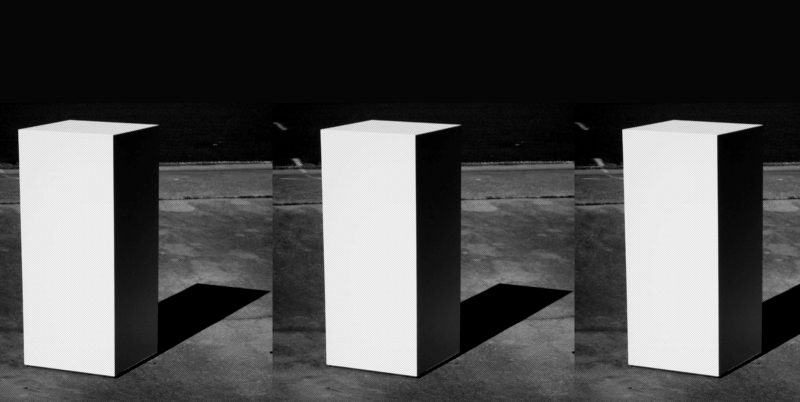
With the possible defunding of our national art institutions the “Why art matters” flags seem at full mast. As I read these arguments many seem miscalibrated in their conflation of art and the people who make it. In other words, is arts advocacy the same thing as artist advocacy? As an exercise let’s disjoint these bodies and examine two important questions:
What do you call a person who makes art, if not an artist?
An artwork is an ownable thing and, voluntarily or not, participates in the market(s) of objects. This participation happens the moment the artwork is finished; the moment it crosses from “in production” to “product” and is christened as a thing that can be owned. Whether or not you make it at Yale or in your basement, whether it’s shown in a pasture or at Pace, no matter if it’s seen by a zillion people or zero, doesn’t matter if it’s a painting, installation, or Thai curry dinner; an art piece is a commodity and a site for consumption. In these terms, art is not made by an artist; art is made by a producer and in a very real sense is the same person who makes cars, hoagies, and VCRs. This is not a negative correlation but a reality that should build strong bridges of solidarity between artistic producers and all those who labor.
What does an artist produce, if not art?
Artists are educators transmitting ideas, information, and feelings in ways that activate understanding and empathy in others. In a similar sense, artists are also communicators connecting people through space, identity, and time. I made this thing so that you could better understand me and in extension better understand another human being. Generating empathy has been a long-recognized value of creating art; now it is the most critical mission. In the race to build an infrastructure of empathy artists have always had a cause.
“Less Art. More artists.” Is a prompt that seeks a different purpose for our artistic energy; a purpose that runs outside or at least in tandem with the production of art. It recognizes the responsibility of artists to operate outside of the laughably bankrupt systems of display and reorient of our artistic practices, skills, tactics, ideas, resources, and labor towards our audiences; towards each other. It reemphasizes the artist’s directive to create not only art but new artists.
Without this pivot, artists must face the difficult reality that maybe our art objects actually don’t matter–or maybe they only matter to us and those who wish to purchase them. It’s time to interrogate our art practices and seek the answers to essential and hard questions: When we are in the studio, whom do we serve? For whom do we covet? For whom do we toil? For whom are we owned? Our objects or the people?
….
This essay will appear with other writings by Matt Kalasky in a self-published collection of work titled High on Believing which will be on sale at the Philadelphia Art Book Fair, this Friday and Saturday, May 5-6, 2017, at the Vox Populi table.










